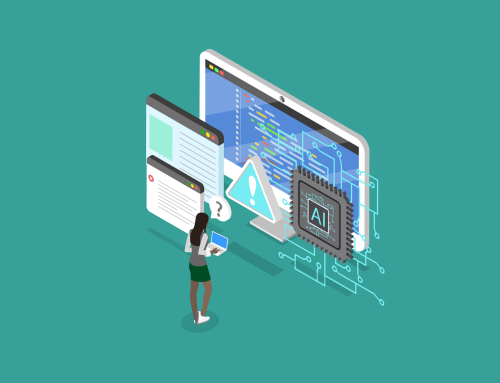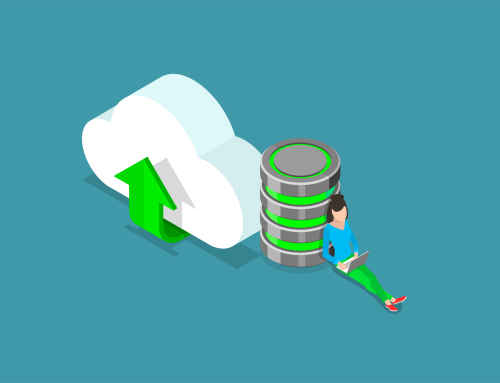Front End vs Back End Development
In web development there are two main types, known as Front End development and Back End development. Understanding the difference between the two is important when onboarding the right software team for your organisation’s software development project.
Both terms are crucial for web development but differ from each other. Both Front End and Back End need to communicate and operate effectively with each other as a single unit. This is done to improve the website’s functionality.
Discussed below are the differences between Front End and Back End development, along with the programming languages used for each type of development.
What is Front End Development?
Front End web development is the development of the graphical user interface of a website, so that users can view and interact with that website.
Also referred to as the ‘client side’ of the application, this type of development ensures that a website is easily accessible and navigable regardless of the device being used.
A Front End developer needs to have the ability to create responsive designs, ensuring navigation, buttons, or anything that enhances overall usability are appropriately implemented. These developers usually work with User Experience and User Interface designers to bring a website to life.
The layout, design, and behaviour of everything seen on screens when websites, applications or apps are opened up are implemented by Front End developers.
Examples of Front End Development Languages
- JavaScript:
Created in 1995, JavaScript enables websites to become interactive. It facilitates the change of website content based on the user’s action. JavaScript is present on almost every website you visit on a web browser
- HTML:
HTML is HyperText Markup Language. The main function of HTML is to tell the browser how to display content. It’s the building block of a website.
- CSS:
Cascading Style Sheets is the style sheet language used for describing the presentation of a document written in a markup language such as HTML. Its main objective is to distinguish the presentation of a website from a website’s content. It allows developers to change fonts, colours and layout on pages.
What is Back-End Development?
Back End development is the parts of the website you can’t see, also known as the server-side of a website. The Back End stores and arranges data, while making sure everything on the client-side of the website works appropriately.
A Back End developer builds the technology that powers the background activities, enabling the user-facing side of the website to exist. This includes dealing with servers, databases, and applications. They tend to be skilled in database management, programming and framework utilisation.
While website users don’t tend to directly interact with a website’s Back End, they’ll indirectly interact with elements these developers work on through a Front End application.
Examples Back-End Development Languages
- PHP:
Hypertext Preprocessor is a general-purpose scripting language geared towards web development. PHP can be embedded into HTML.
- Python:
Created in 1991, Python is a high-level general-purpose programming language. The languages object-oriented approach aims to help programmers write clear and logical code for both small and large-scale projects.
- Ruby:
Ruby is an interpreted, high-level, general-purpose programming language. It is a robust, dynamically typed and object-oriented language for use in back-end web development.
A Full Stack Developer is someone who works with the Back End of the application as well as the Front End, or client side.
Full stack developers tend to take on a broad set of responsibilities. They must be fluent in creating websites with a robust architecture while also delivering an interactive interface for the end user.
Is your organisation considering a custom software solution in 2022? Be sure to get in contact with us today on +353 1 8041298!









